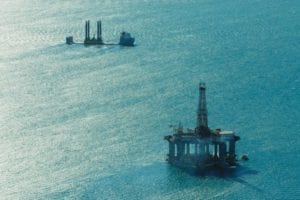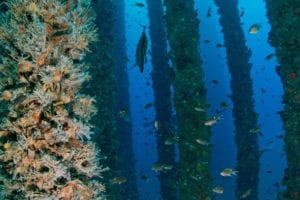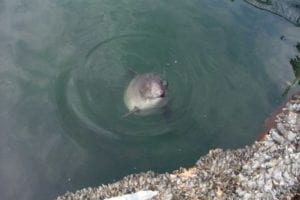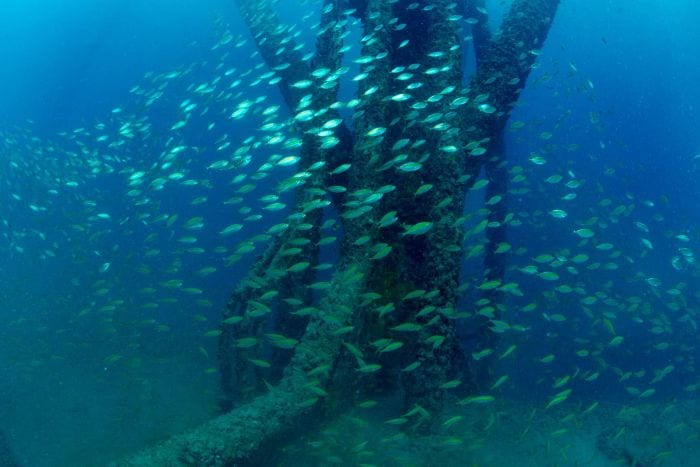Fishermen have long lauded the value of subsea pipelines, and it seems now there’s proof of habitat formation around pipelines. Australia’s offshore oil and gas structures are starting to come to the end of their lifespans, and while the default is currently to completely remove them from the ocean, some experts believe they should remain where they are. Australia has over 2,000 wells, around 30 platforms, and thousands of miles of undersea pipelines in its waters.
Offshore platforms are effectively huge artificial reefs, according to ecologists like Peter Macreadie. Like shipwrecks, other human-made structures that are left in the ocean can become artificial reefs, creating new habitat for marine life. The same goes for offshore oil and gas structures, some of which have become valuable marine habitats.
“While they’ve been sucking oil out of the ground for 30 or 50 years, they’ve become home to all sorts of fish, corals, and rare things that trawl fisheries can’t access,” he said.

Now there’s hard data to back him up. A first-of-its-kind study out of Australia has noted that subsea pipelines in the north-west part of the country provide safe havens for commercially important fish. The research project carried out by The University of Western Australia on a BHP subsea oil and gas pipeline off the north-west coast of Australia has found the pipeline has two to three times more the commercial value of fish than surrounding areas in deep waters.
The research team accessed video footage collected from Remote Operated Vehicles (ROVs) used by the industry to inspect and maintain underwater pipelines on the North West Shelf region of WA. The ROV footage, collected along sections of pipelines at different depths, was used to assess the diversity and abundance of fish in the area.
Just look at these impressive numbers:
- In total, the team observed 5,962 individual fish from 92 species and 42 families.
- In depths beyond 80 meters, the pipeline had two to three times the value of commercial fish species than surrounding habitats, with fish species such as Goldband Snapper, Saddletail Snapper, and Moses’ Snapper recorded in high numbers.
- In depths less than 40 meters, fish numbers were similar on the pipeline to those observed off the pipeline.

Larger marine mammals also inhabit the ecosystems that form around rigs. It was a huge discovery that the harbor porpoise was feeding around the offshore platforms, said Victoria Todd, a marine mammal scientist working with the oil and gas industry in the North Sea in the northern hemisphere.
“If they are around the platforms in the middle of the North Sea, they are there for one reason: to feed,” Dr. Todd said.
Dr. Todd thinks the porpoises follow the rigs because they know they’re going to get a good meal out of it.

“Generations of these animals have been exposed to these sounds and activities — oil and gas installations are part of their everyday life,” she said.
Submar is committed to making sure you understand the impacts of pipelines around the world. Check out our blog for more oil and gas news.


